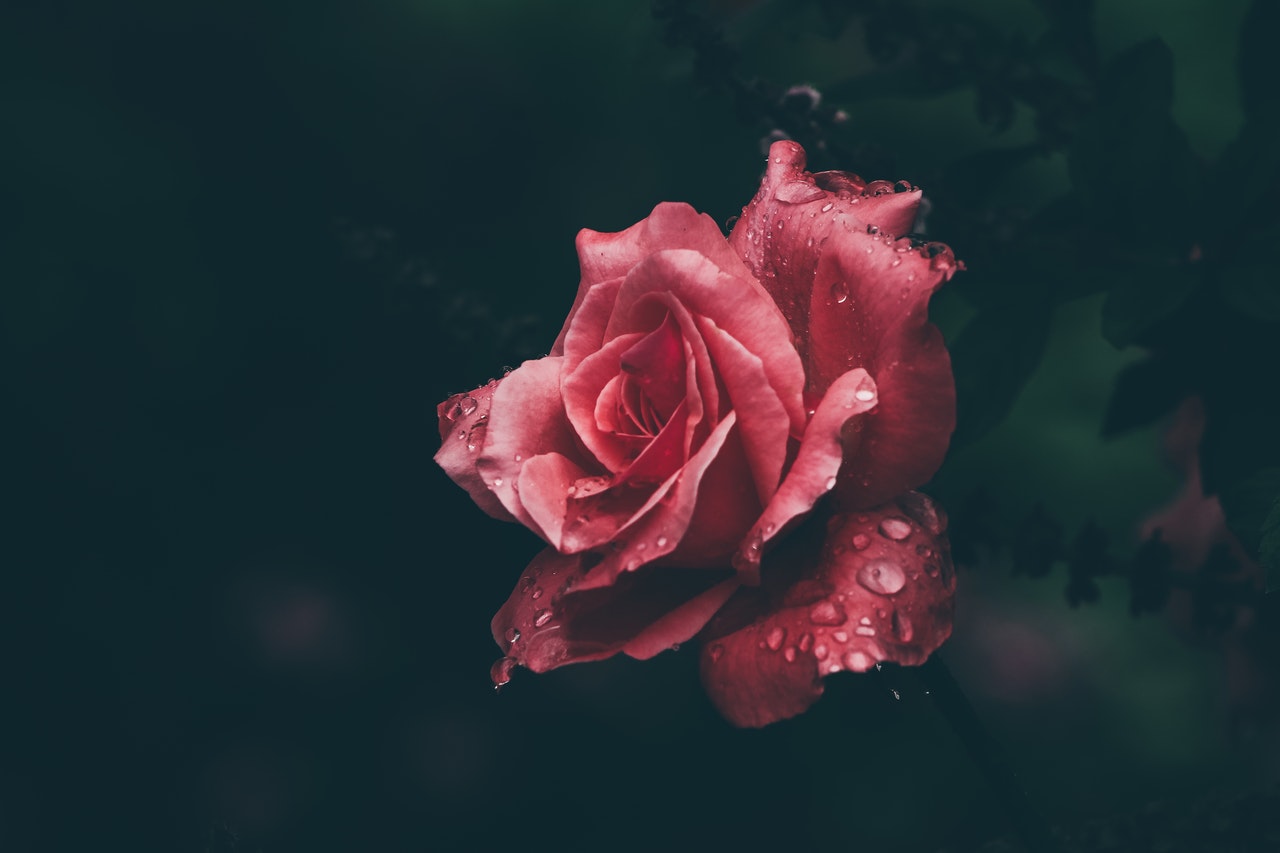With its turquoise oceans and green forests, the tropical island chain of Okinawa has long been a destination for Japanese surfers and honeymooners. However, the former Kingdom of Ryukyu also hosts a fascinating culture, with a history and rich heritage that is altogether distinct from that of mainland Japan. The capital Naha (Nafa in the local tongue) is like a chilled beach town, with the main drag, Kokusai Street, packed with shops, bars and restaurants. First-time visitors should check out Shuri Castle, the old royal palace. The traditional edifice—as impressively vermillion as it is—was only built in 1992, as the original structures were almost completely destroyed in the Battle of Okinawa in 1945.
For a spot of wining and dining try the the izakayas near Kumoji, which is part of Kokusai Street, the main drag where all the bars and restaurants are. One of the more popular ones is called Todai, where traditional Okinawan pub grub is prepared by an old lady in her 70s. Her version of tebichi (pork knuckle) is first stewed, then deep-fried. Nearby, Stand serves Spanish tapas, but made with local produce like Okinawan pork. Visitors to the outlying island of Ishigaki should try out the beef (in fact, Ishigaki beef—the ancestor of Kobe and Saga varieties—is popular throughout Okinawa) either as tataki (carpaccio) or amiyaki (grilled).
As for the famed beaches, there are, of course, the southernmost islands Miyako and Yaeyama, pristine sanctuaries of nature, great for coral diving and perfect for slowing down your pace. They’re only 40 minutes by boat from Naha and are popular with divers. Meanwhile, the beaches on the islet of Akajima remain serene and spotless, even during peak seasons, usually with just a few Japanese day-trippers.





